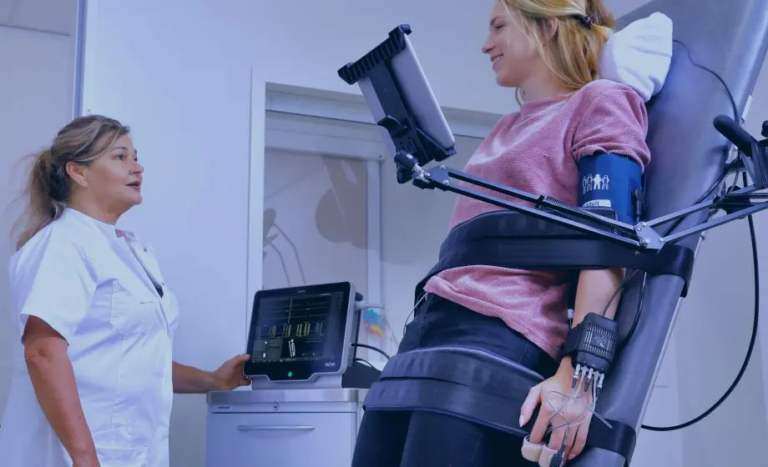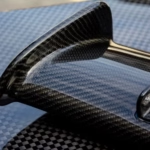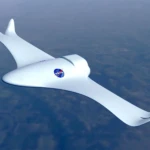Revolutionizing the CNC Treatment Industry with AMR Composite Robots: Redefining Workforce Cost-Effectiveness
The Computer Numerical Control (CNC) treatment industry has been witnessing a significant paradigm shift with the advent of Advanced Manufacturing Robotics (AMR) technology. The innovative application of AMR composite robots is poised to transform the way production processes are managed, leading to substantial cost savings and improved efficiency. In this blog post, we’ll delve into the benefits of AMR composite robots in the CNC treatment industry, their advantages, and their potential to redefine the cost of the workforce.
What are AMR Composite Robots?
AMR composite robots are highly advanced, intelligent machines designed to seamlessly integrate with the latest CNC machining technologies. These robots are engineered with cutting-edge algorithms and advanced sensors to optimize production processes, ensuring high precision, and real-time monitoring. By combining the strengths of mechanical, electrical, and software engineering, AMR composite robots can revolutionize the CNC treatment industry, providing unparalleled efficiency, and reduced costs.
Fighting the Skills Gap: A Critical Challenge for the CNC Treatment Industry
The advent of Industry 4.0 has created an unprecedented skills gap in the CNC treatment industry. The need for high-skilled workforcenan Increase over the coming years, putting immense pressure on manufacturers to find innovative solutions. AMR composite robots can help bridge this gap by automating tedious and complex tasks, freeing human workers from low-value jobs, and allowing them to focus on higher-value, more strategic tasks.
How Do AMR Composite Robots Improve the CNC Treatment Industry?
- Rapid Process Cycle Times: AMR composite robots can significantly reduce process cycle times by optimizing machining operations and minimizing setup times.
- Increased Productivity: These robots can operate 24/7, without breaks, ensuring uninterrupted production and increased overall productivity.
- Precise Quality Control: AMR composite robots are equipped with advanced sensors and vision systems, enabling real-time quality control and precise monitoring.
- Reduced Labor Costs: By automating repetitive and labor-intensive tasks, manufacturers can significantly reduce labor costs.
- Improved Supply Chain Efficiency: AMR composite robots can integrate with existing manufacturing systems, streamlining supply chain operations and reducing lead times.
Redefining the Cost of the Workforce
The implementation of AMR composite robots in the CNC treatment industry has the potential to significantly reduce the cost of the workforce. By automating low-value jobs, manufacturers can:
- Redeploy Labor: Free up skilled workers from menial tasks, enabling them to focus on high-value processes and projects.
- Reduce Labor Turnover: AMR composite robots can minimize the need for personnel replacement, reducing recruitment, training, and turnover costs.
- Improve Retention: By providing a more efficient and optimal work environment, manufacturers can increase employee satisfaction and retention rates.
Conclusion
The advent of AMR composite robots is poised to revolutionize the CNC treatment industry, providing manufacturers with an unprecedented opportunity to control costs, improve efficiency, and optimize production processes. By embracing this technology, manufacturers can:
- Reduce the cost of the workforce by automating low-value jobs
- Improve worker productivity and skills
- Increase product quality and precision
- Enhance overall competitiveness and profitability
The future of the CNC treatment industry is bright, and AMR composite robots are at the forefront of this exciting revolution. As technology continues to evolve, one thing is certain – the potential for cost savings and increased efficiency is undeniable.

















